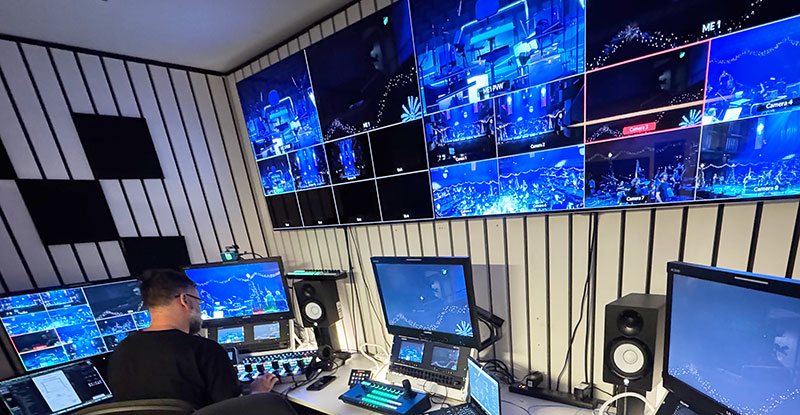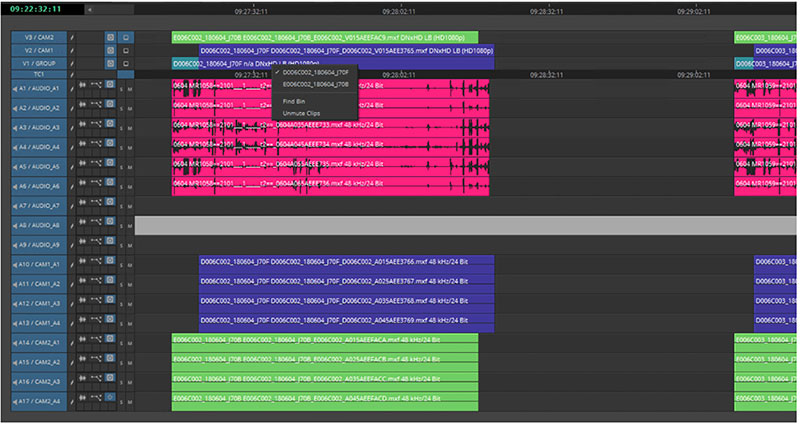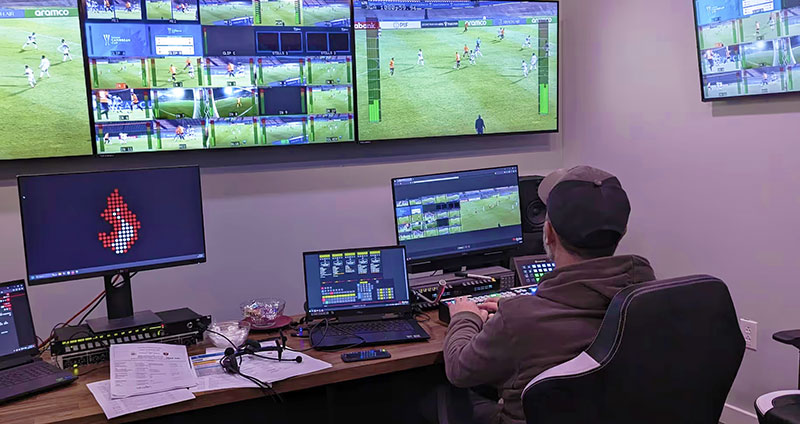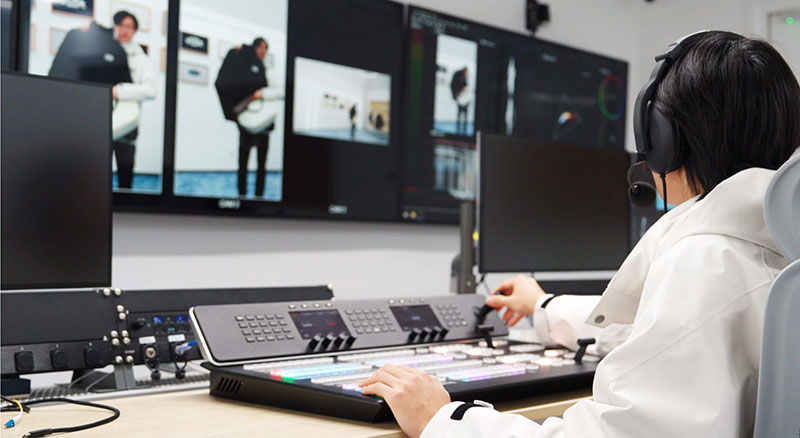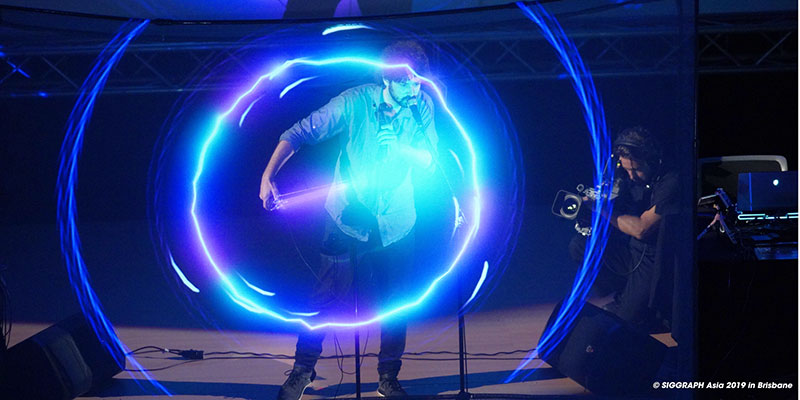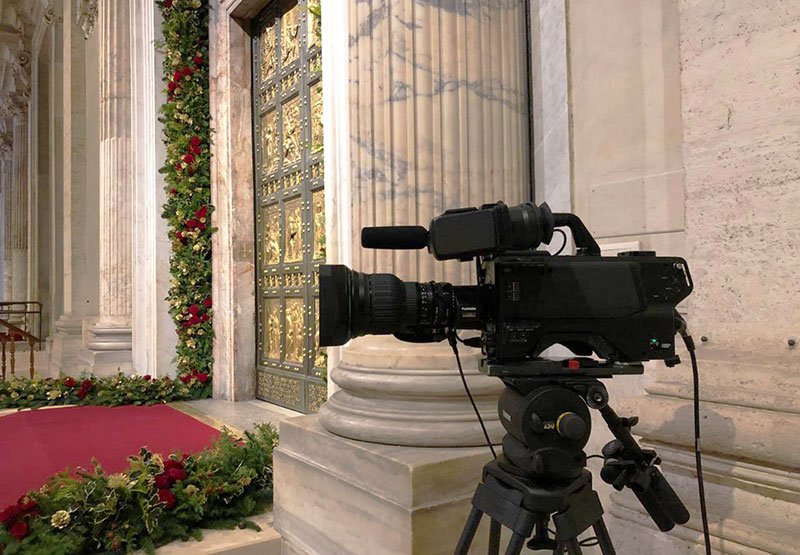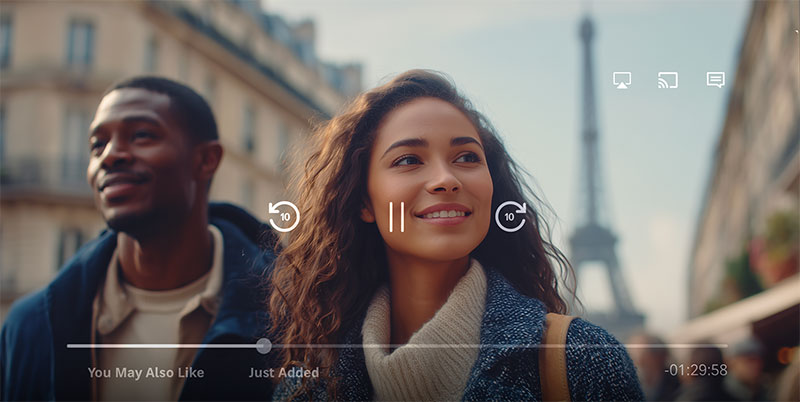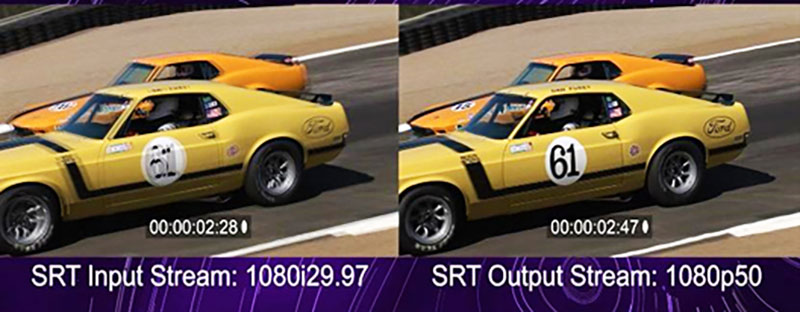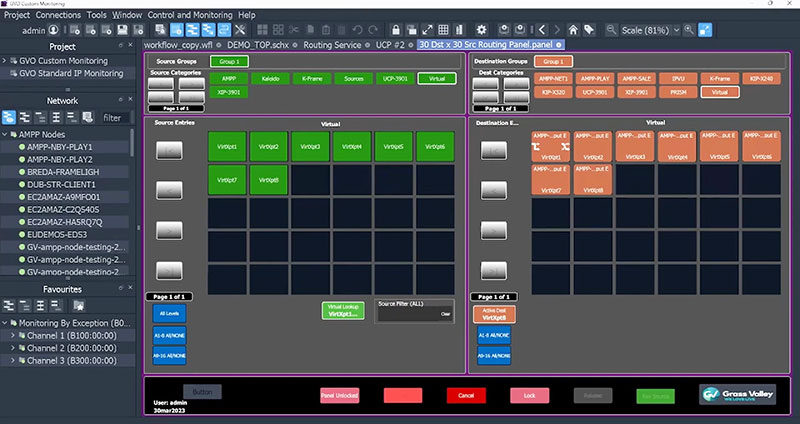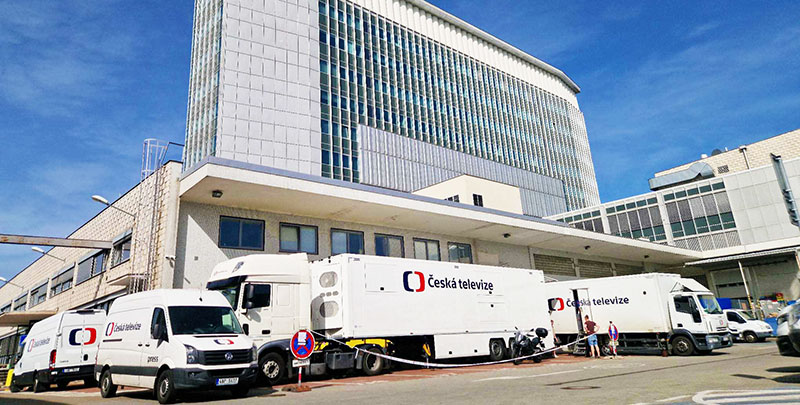Harmonic continues to develop playout-to-delivery systems adopting cloud flexibility, AI for automation and ad innovation to optimise control over media workflows and save on costs.

Harmonic continues to develop its playout-to-delivery system for broadcasters and content owners who need to optimise control over their media workflows and significantly save on costs. Playout-to-delivery combines modern playout and branding methods with high-quality encoding, streaming and broadcast delivery. Harmonic’s approach now features new loop record and delay line techniques, and hybrid cloud and on-premises support for users to design more flexible, efficient playout workflows.
“With the introduction of new playout-to-delivery features, Harmonic increases the control and flexibility broadcasters have at all stages of their media pipeline,” said Gil Rudge, senior vice president, solutions and Americas sales, video business at Harmonic. “Harmonic’s system stands out as a comprehensive approach to managing the entire media workflow in hybrid cloud and on-premises environments, a critical development as broadcasters and content owners place more emphasis on efficiency and cost control in a complex, competitive video industry.”
Harmonic’s playout-to-delivery solution is available on the company’s VOS 360 Media SaaS for cloud deployments, and on VOS Media Software and XOS Advanced Media Processor for on-premises deployments. The same automation, user interface, playlists, assets and advanced graphics are shared across all deployment models to support hybrid playout. The playout-to-delivery features can be controlled via API and managed by third-party automation systems.
XOS Simplifies Primary On-Premises Distribution
Harmonic introduced a new XOS media processor, broadening support for distribution applications and reducing the cost of primary distribution, for small-channel-count use cases up to complex, high-channel-count systems. An edge processing solution, the new XOS appliance combines with Harmonic’s DMS-X distribution management system to give service providers the flexibility to support both satellite and IP incoming feeds. It can help to ease migration as the video industry shifts from satellite to IP-based delivery.

Through the use of AI, Harmonic has also added new capabilities to the XOS media processor that include automated closed captioning, aimed to avoid reliance on manual processing. The processor now supports Brazil’s next-gen DTV+ system as well, through the integration of video codecs VVC and LCEVC and the audio MPEG-H codec. These codecs help assure the delivery of terrestrial digital TV over the coming period and allows allows Brazilian broadcasters to deliver video across legacy ISDB-Tb, new DTV+ and OTT networks using a single solution.
VOS360 Media SaaS and Ad SaaS in the Cloud
In the cloud, Harmonic has made considerable with its VOS 360 SaaS solutions - VOS360 Media SaaS and Ad SaaS. AI innovations that use both in-house advancements developments and strategic partnerships.
Using AI, the Ad SaaS solution automatically detects ad breaks and inserts SCTE-35 markers in live content, which means service providers can monetize source content without identifying ad markers. High- and low-action moments in a game can be monetised by automatically triggering in-stream advertising.
Other new features for live sports streaming experiences are automated subtitles powered by speech-to-text AI, AI-driven sports clipping for real-time highlights, and automated translation with voice cloning or over-dubbing in any language. The goals here are better fan engagement and more immersive viewing.

VOS360 Media SaaS
Orit Kahana, vice president, SaaS product management at Harmonic calls AI one of the key transformational forces now shaping the video industry, from the viewer experience to new ad revenues. “Streaming providers and broadcasters need to embrace AI to stay ahead in an evolving industry landscape,” he said. “The new VOS360 updates are orchestrated within a single system, making it easier, faster and more cost-efficient for users to adopt the innovations.”
Akamai Connected Cloud Qualification
Harmonic’s VOS360 Media SaaS and VOS360 Ad SaaS are now qualified on Akamai Connected Cloud, including efficient, cost-effective cloud nPVR (network personal video recorder) capabilities that use Akamai storage for large-scale archival content. nPVR stores content on the TV service provider’s cloud servers instead of on the local hard disk on the consumer’s STB. Part of Harmonic’s hybrid approach to streaming, this capability integrates VOS360 in the cloud for long-term nPVR content and VOS Media Software on-premises for fresh content, ultimately reducing total cost of ownership for service providers.
This collaboration gives broadcasters cost-effective cloud-based primary distribution via Akamai’s massively distributed edge and CDN delivery, increasing scalability, resiliency and efficiency.
Loop Record and Delay Line
Typical workflows that can be unified under the new playout-to-delivery system include recording live streams, scheduling branded playout or originating linear channels for streaming and broadcast distribution.
As mentioned above, central to the latest updates to Harmonic’s playout-to-delivery system are loop record and delay line features. Loop record enables broadcasters or content owners to simultaneously record and replay live streams.
This process is traditionally used on video servers to allow continuous recording, and avoid missing action in events such as live sports. Although eventually, recording has to continue at the beginning, erasing the earlier material and replacing it with new content, nevertheless it gives instant access to material ingested in the preceding period. On Harmonic’s new system, users can also edit recorded assets via a built-in clip editor for quick trimming of video content for rapid replay.
The addition of delay line features to Harmonic’s playout-to-delivery solution allows playback of streams with an adjustable delay, supporting applications such as time zone shifting. www.harmonicinc.com




